07 de dezembro de 2025
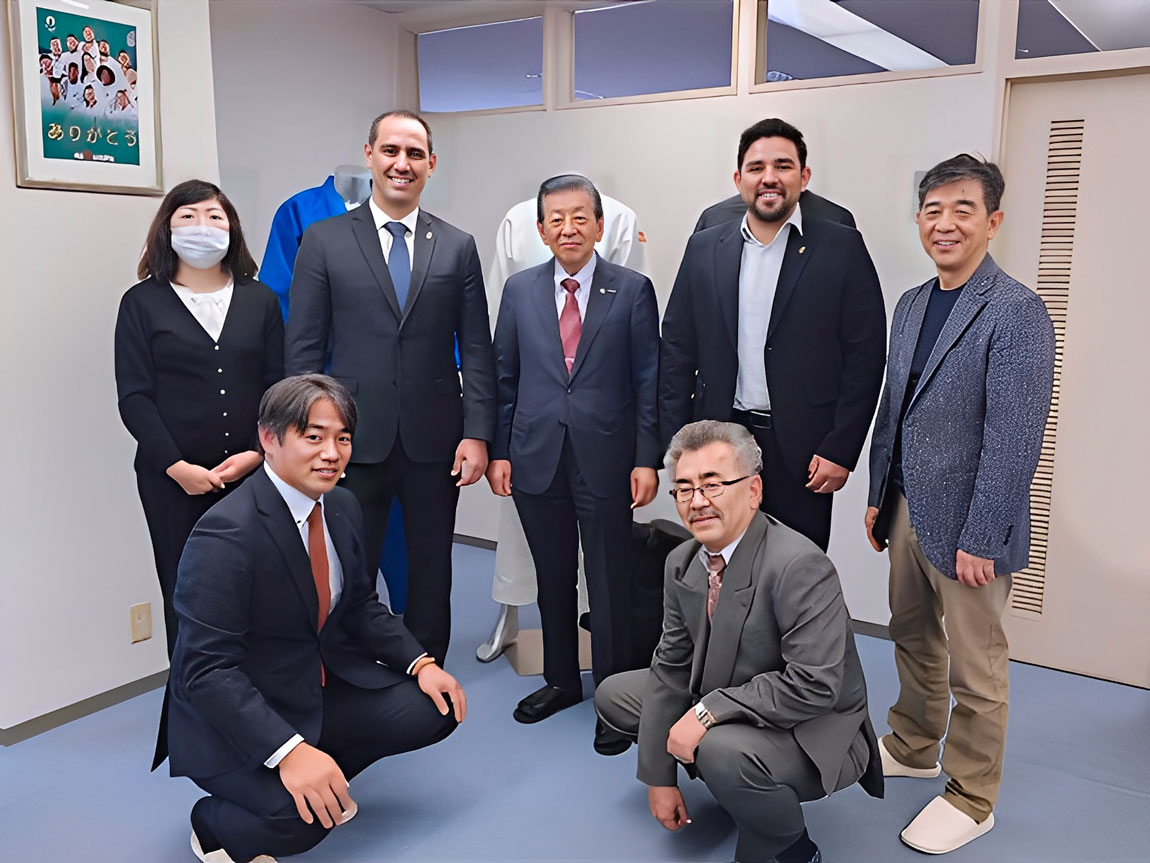
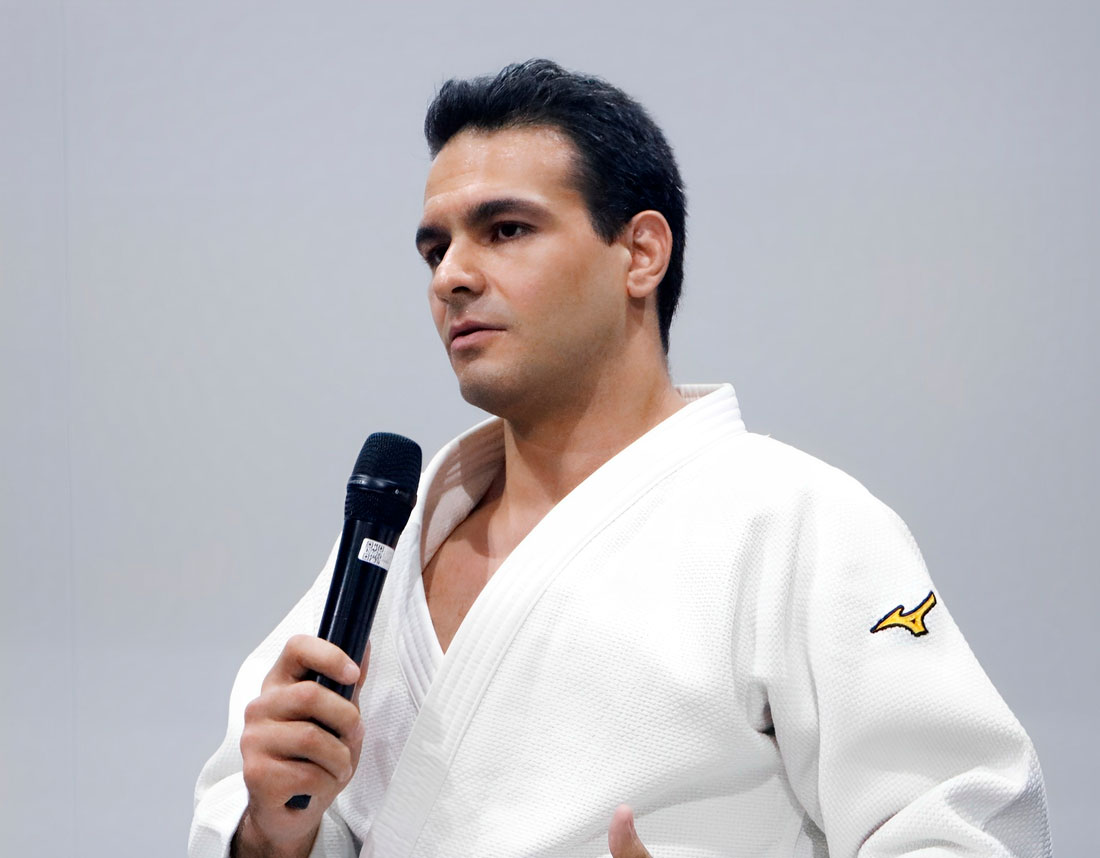 One of the most technical athletes of his generation, today as a coach, Guilheiro keeps the focus on ippon © Isabela Lemos / fpjcom
One of the most technical athletes of his generation, today as a coach, Guilheiro keeps the focus on ippon © Isabela Lemos / fpjcom
To establish new concepts of administration of the modality, the board of the Paulista Judo Federation (FPJudô) held on November 18, in the auditorium of the Center of Excellence of Judo, Teatro Inezita Barroso, a round table during the State Meeting of Kodanshas of 2023, showing the advances of the current management and opening discussions about the future of judo in São Paulo.
“The current generation is motor illiterate, depending on habits modern that lead teenagers to sit the all the time.”
Tired of seeing athletes concerned not with seeking a projection, but with seeking three shidos for the opponents, Guilheiro vented: “I think this is the root of all the problems of competitive judo. We are seeing several fights finished in 40 seconds with three shidôs. The main goal of the athletes is no longer the ippon, to be the three shidoes. The most experienced feel this when they face younger judokas, who are already educated in this practice”.
And he said that he himself went through this situation: “I had a serious injury, I had four surgeries and I was two years away. When I competed again the rule had already changed several times, so much so that at the end of my career I ended up losing by three shidôs. If the athlete makes an entrance and the opponent gives a pass to the side, he already takes a shido. It’s really anti-judo and a way to plaster the modality.”
Guilheiro became a judo commentator from the Rio 2016 Games, and thinks that today’s judo is not attractive at all. “How to translate for a layman what is happening? Those who watch a judo fight want to see an ippon, just as those who go to a boxing match are aware of the knockouts, and so on. How many fights are being defined by arbitration? So, when we stimulate judo with shidoes, we are not stimulating judo. How many times is the rule asymmetric by the way it is applied?”
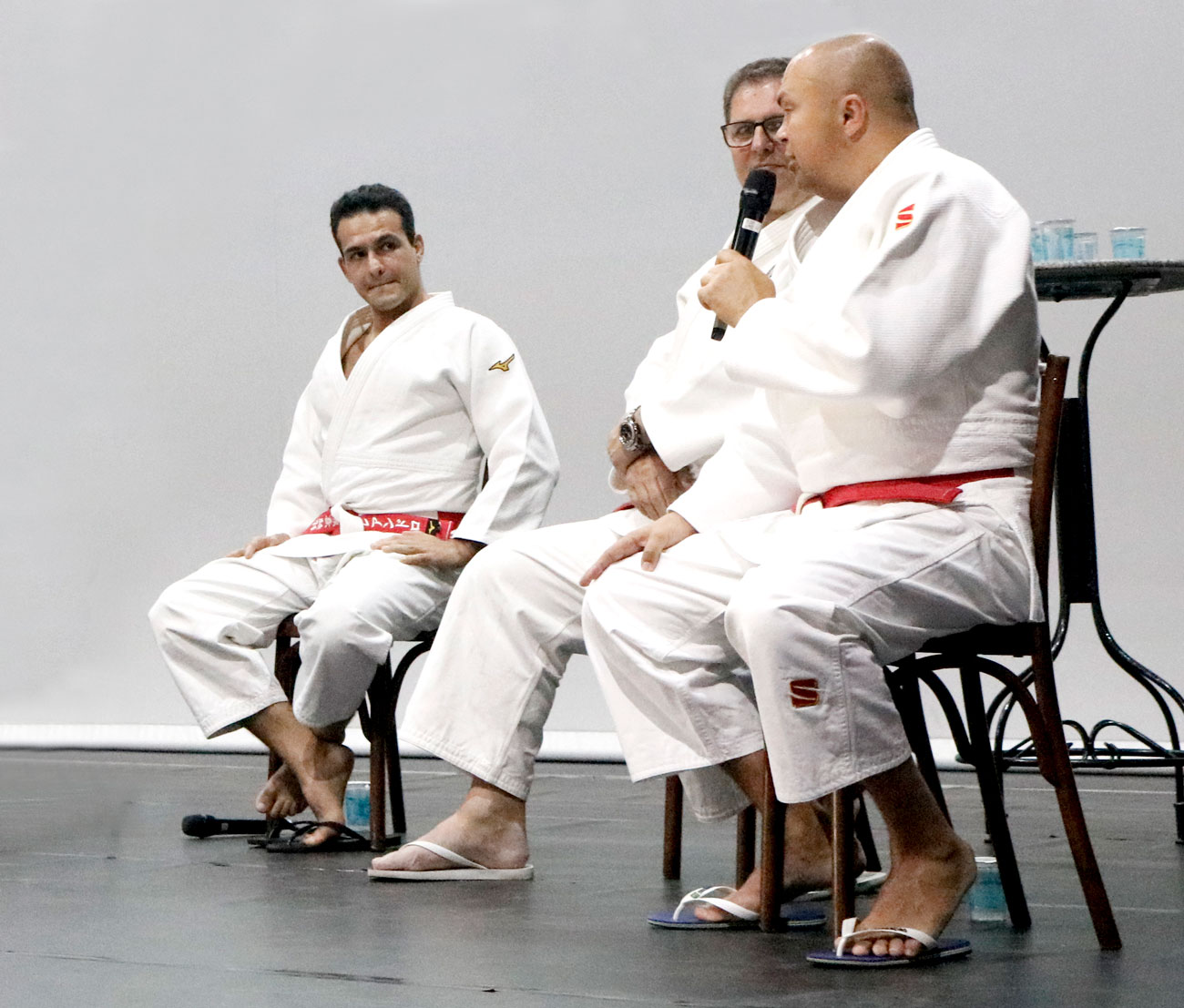
Guilheiro and Puglia observe the pronouncement of Rogério Sampaio © Isabela Lemos / fpjcom
And he exemplified that hardly an athlete who already has a wazari in his favor will be punished with a third shidô, even if he throws himself on the ground. “And this happened now, in the final of the European championship,” he added. “The most alarming thing is that no athlete or coach can understand what is happening.”
For Guilheiro, several situations related to arbitration should be rethought. “There are a number of rules that are timely, especially those that protect the integrity of the athlete. But others have plastered our modality.”
The big problem that judo faces today is the lack of stimulus for new athletes to learn and practice true judo, in the evaluation of the Olympic medalist. “Athletes have no incentive to train and learn to seek the ippon; they are encouraged to win the fight quickly and at any cost. I think this is spoiling judo in all aspects, both for the practitioner and for the layman who watches the struggles and for the media and the entertainment industry, as a whole, who see in judo a spectacle.”
The second problem pointed out by Guilhero has a lot to do with his training in management and mathematics. “I have always been very interested in this subject, in articles and scientific studies of judo. In the preface to the book of the sensei Yamashita, he talks a lot about the influence of his sensei on the scientific vision of judo, and the scientific vision shows how we can do things more efficiently and how we can question ourselves.”

Joji Kimura greets Leandro Guilheiro © Isabela Lemos / fpjcom
And he mentioned a practice widely adopted today, including by the FIJ, which is data analysis. “But it is something that depends a lot on the image that the entity wants to show, that is, much of the data provided does not have the proper rigor, the rigor of what is really done by them.”
The third problem shown by Guilheiro is related to the imposition of too much high-intensity physical training to the detriment of training on tatamis. “There is no other way to learn than repetition,” he said. “It is necessary to infinitely repeat the fundamentals, and I think judo really lacks something disciplinary.”
“When we go to Japan,” he continued, “we see that judo happens in some gyms; then there is a little more judo in high school. Then the young people go to the universities and the company judo clubs. So, it is very defined in each age group who takes care of what. In the North American professional space there is something similar: a basketball player starts at school, goes to high school and university and then, perhaps, to professional sport.”
In First World countries, Guilheiro recalled, there are usually training centers where athletes are concentrated and high-performance sport develops. “In Brazilian judo, however, there is little of that, a certain vagueness predominating. There are one or another high-performance club, as well as gyms that train athletes, but unfortunately many teachers still prevent their students from practicing in other dojos.”
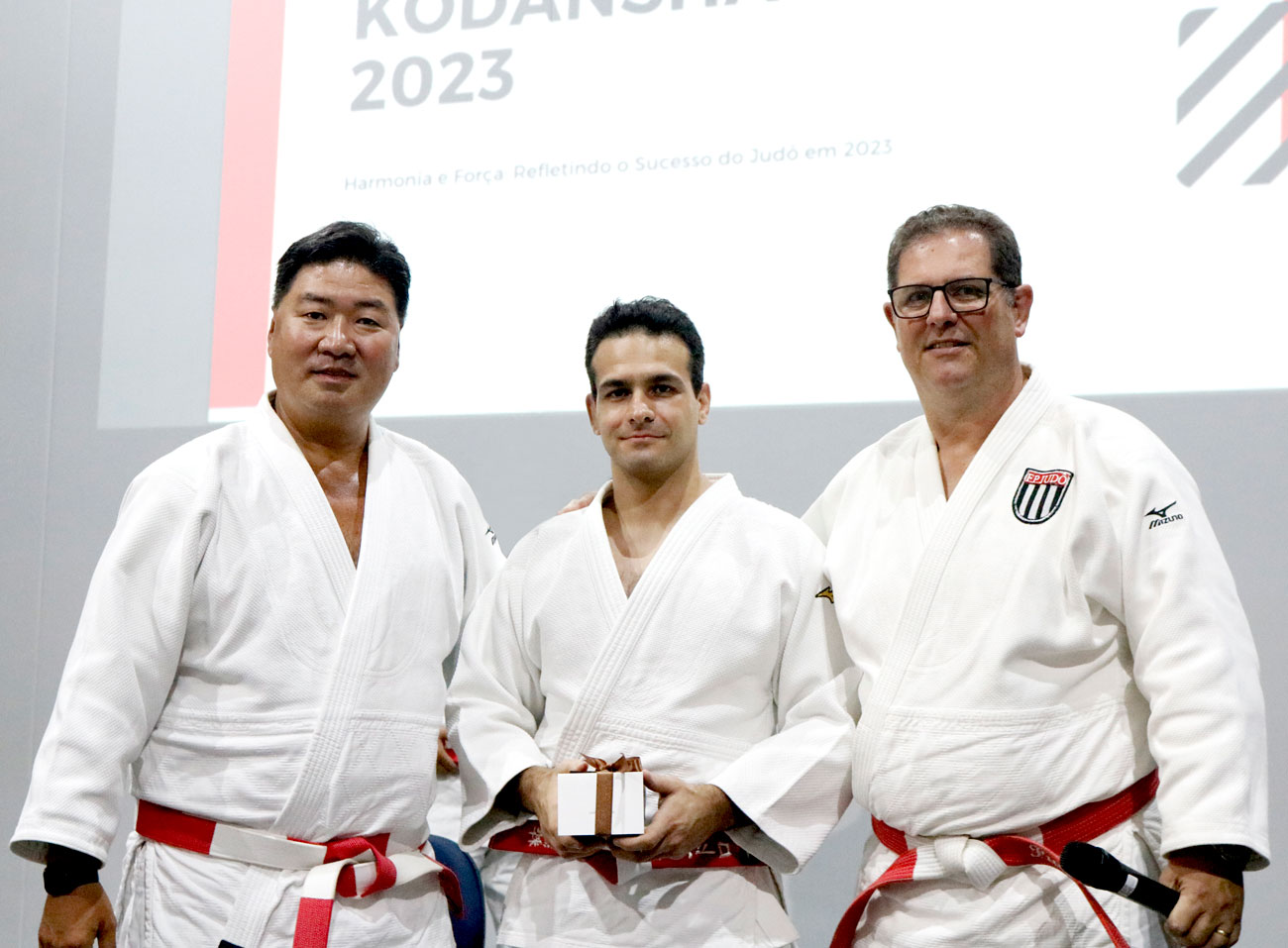
Joji Kimura, Leandro Guilheiro and Alessandro Puglia at the end of the Kodanshas Meeting 2023 © Isabela Lemos / fpjcom
The fourth problem identified by Guilheiro has to do with education. He understands that in Brazil, in general, judoka comes from an unfavorable socioeconomic situation, and has little education. In addition, children move little.
“The current generation is motor illiterate, due to the modern habits that lead adolescents to sit all the time. In the past, the kids went up and down trees, rode their bikes, played on the street, rode kites. Nowadays young people spend day and night in front of the computer or cell phone. If they have difficulty running, let alone doing an uchi-mata.”
And he concluded: “If we really want to design the future of our high income, we must review the entire chain that permeates judo from the base, because this has been done out there for a long time. We have an excellent quantity, but we need to improve the quality and prepare the new generations based on the judo we practiced in the 1950s”.

07 de dezembro de 2025

07 de dezembro de 2025
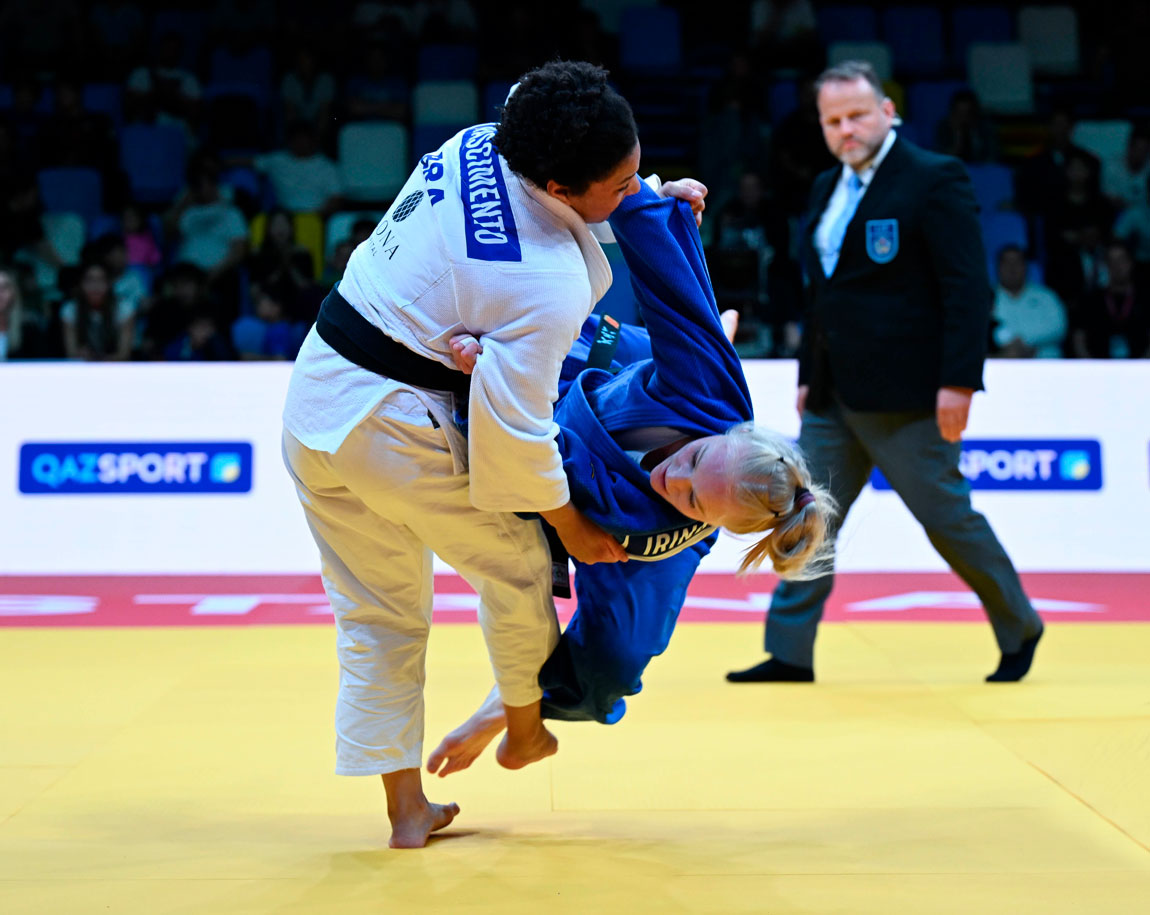
05 de dezembro de 2025